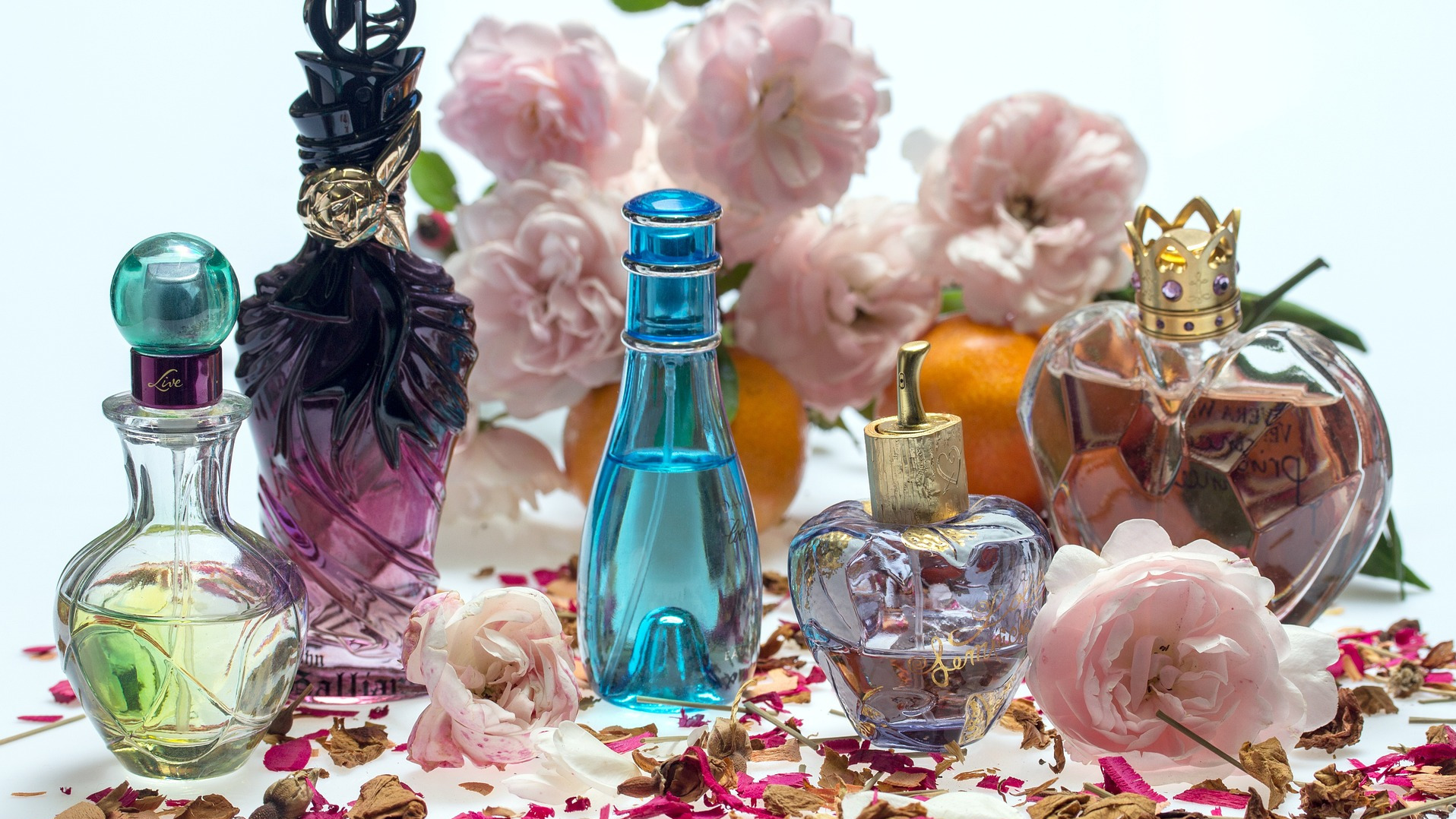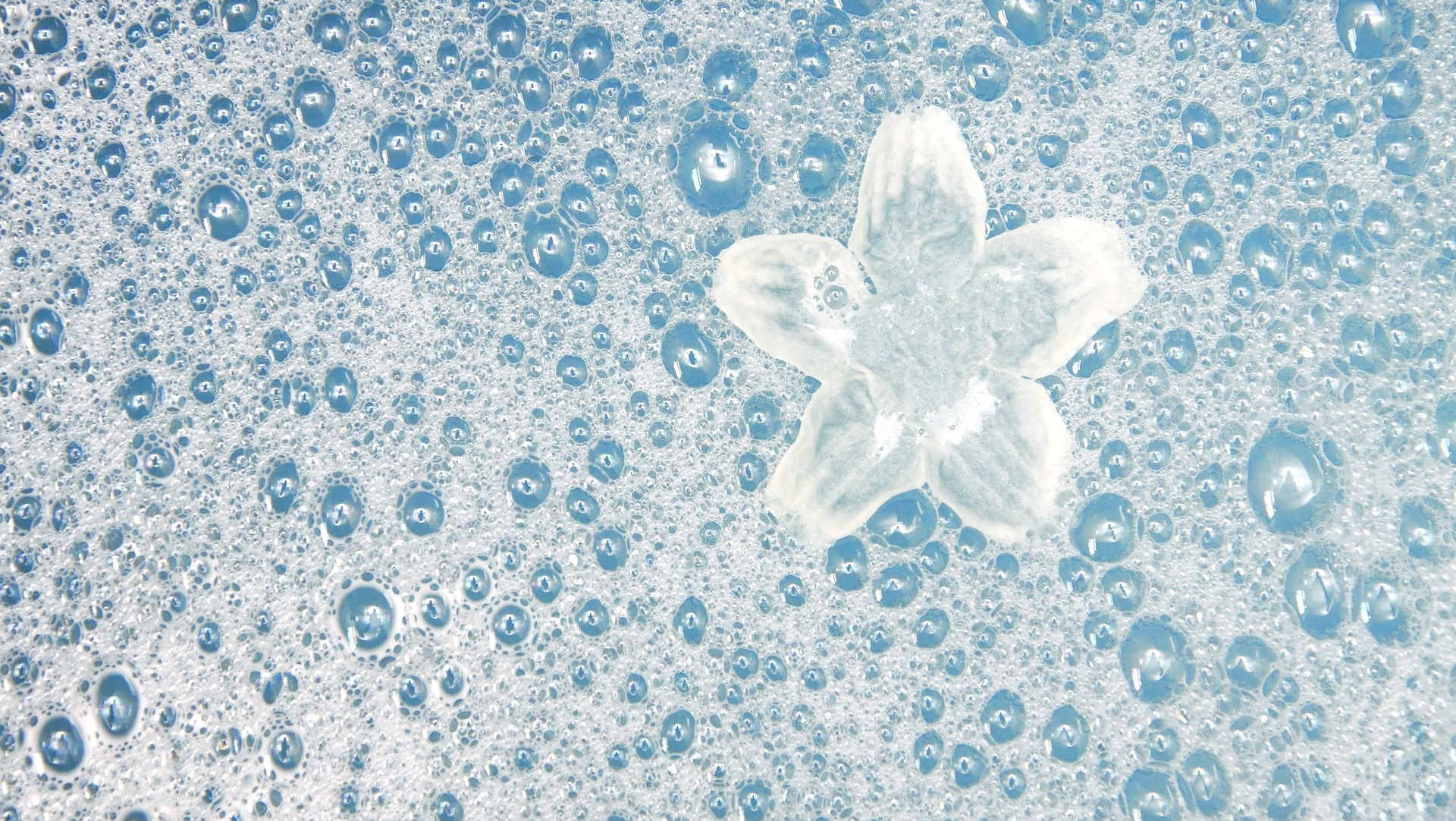Mastering the Art of Aromatherapy: Blending Your Signature Perfume
One of the best things about making your aromatherapy and essential oil recipes is creating blends from your favorite oils for perfume.
The most important thing to remember when blending essential oils and making your recipes is to use quality essential oils, absolutes, carrier oils, herbs, and other ingredients you may use without additives. Join us on a fragrant journey as we unravel the secrets of blending essential oils to create personalized perfumes.
Armed with these expert blending tips, you're poised to create aromatic masterpieces beyond mere scents - they become therapeutic experiences
Happy blending!
Crafting with Finesse- Essential Blending Tips
Whether you're a seasoned enthusiast or a budding aromatherapist, these tips will elevate your blending skills, helping you craft scents that enchant the senses and promote well-being.
- Quality First, Always: Begin your blending adventure with the essence of quality. Opt for pure, high-quality essential oils, absolutes, carrier oils, and herbs. By choosing ingredients free from additives, you ensure the potency and authenticity of your blends.
- Scent Symphony- Layering Essential Oils: Create complexity in your blends by layering essential oils. Start with a base note, such as earthy patchouli or woody cedarwood, followed by heart notes like floral lavender or uplifting citrus. Finish with top notes such as crisp peppermint or zesty lemon. This layering technique adds depth and longevity to your blends.
- Mindful Measurement: Exercise caution with essential oil quantities when beginning a new blend. Initiate with 5 to 10 drops of each oil, gradually increasing until you achieve your desired aroma. This mindful approach minimizes waste and allows for adjustments without overwhelming your senses.
- The Art of Dilution: Dilution is the key to a well-balanced blend. Once you've achieved your preferred scent profile, dilute with a carrier oil like jojoba, sweet almond, or fractionated coconut oil. This extends the life of your blend and ensures it's skin-safe and ready for topical application.
- The Patience Principle: Allow your blends to mature gracefully. After creating a blend, resist the temptation to use it immediately. Let it rest for at least 24 hours, allowing the oils to harmonize and the scent to reach its full potential. This patience pays off, resulting in a more integrated and harmonious fragrance.
- Sensory Exploration- Blind Smelling: Enhance your olfactory skills by blind-smelling individual oils before blending. This technique sharpens your ability to identify and appreciate each note, creating well-balanced and harmonious blends.
- Embrace the Seasonality: Consider the seasons when crafting your blends. Light, floral scents may be perfect for spring, while warm, spicy notes evoke a cozy ambiance in the fall. Aligning your blends with the seasons adds a thoughtful and thematic dimension to your aromatherapy practice.
- Record Your Aromatic Adventures: Maintain a dedicated blending journal. Record each blend, including ingredients, quantities, and your impressions. This helps you replicate successful blends and is a valuable reference for refining your skills.
- Mix & Match Containers: Experiment with different container materials. Dark glass containers protect blends from light exposure, preserving their integrity. However, some blends may benefit from the breathability of rollerball containers. Tailor your choice based on the specific needs of your blend.
- Expand Your Palette: Don't limit yourself to familiar scents. Explore lesser-known essential oils and absolutes, such as neroli, frankincense, or ylang-ylang. These unique additions can add an unexpected and delightful twist to your blends.
Recipes for Essential Oil Perfume Blends
Embrace the artistry of aromatherapy blending, let your creativity flow, and enjoy transforming essential oils into a fragrant tapestry that enhances your well-being and delights your senses.
Crafting Perfumes: Two Distinct Paths
1. Blended Elegance With Carrier Oils
Craft a personalized, nourishing perfume with a carrier oil base. Jojoba offers a subtle nutty aroma, while fractionated coconut oil is fragrance-free. Once blended, store your perfume in an airtight, dark-colored glass container. Apply a few drops to pulse points for a subtle, enduring fragrance.
- Mix 15 to 25 drops of your aromatherapy blend with 1 tablespoon of jojoba or fractionated coconut oil.
- Explore the characteristics of other carrier oils like apricot kernel, sweet almond, or argan oil.
2. Spirited Blends with an Alcohol Base
Create a vibrant, alcohol-based aromatherapy perfume:
A Note on Alcohol Types:
- Isopropyl (rubbing alcohol) is skin-safe but toxic if ingested—avoid its use in ingestible products.
- Ethyl alcohol in beverages like vodka is an excellent alternative for topical applications.
Blend Recipe:
- Combine 8 tablespoons of alcohol (rubbing alcohol, high-proof vodka, or Everclear) with 30 to 60 drops of your aromatherapy blend.
- Store the blend in a dark or opaque glass container for optimal preservation.
- Label your creations for safety, preventing accidental ingestion.
Aromatherapy Body Splash
Elevate your blends to a refreshing level with a simple Aromatherapy Body Splash:
- Combine approximately 40 drops of your aromatherapy blend with distilled water in a 4-ounce spray bottle.
- Leave room at the top to avoid spills and ensure easy lid application.
- Shake the bottle before each use, releasing a refreshing fragrance
Elevating the Blend: Aromatherapy Perfume Recipe
- Combine 8 tablespoons of alcohol with 30 to 60 drops of your aromatherapy blend.
- Store the mixture in a dark or opaque glass container.
- Allow the perfume to sit for two weeks to let the scents meld.
- Shake the bottle daily for optimal blending.
- After a few weeks, your perfume is ready for enjoyment.
- Perform a patch test before regular use due to the high concentration of essential oils.
Perfume Blending Safety Considerations
To ensure a harmonious blending experience, incorporate these safety cautions into your aromatherapy blending practices so you can enjoy a serene and satisfying journey into the world of scents. Prioritize safety, respect the potency of essential oils, and revel in the transformative power of aromatherapy with confidence and care. Happy and safe blending!
Allergy Alert: Conduct Patch Tests
Conduct a patch test before incorporating a new essential oil into your blend. Apply a diluted version of the oil to a small area of your skin and observe for any adverse reactions. This precaution is especially vital for individuals with sensitive skin or known allergies.
Phototoxicity Awareness
Certain essential oils, particularly citrus oils like bergamot, lemon, and lime, can cause phototoxic reactions in sunlight. Exercise caution and avoid sun exposure for several hours after applying blends containing phototoxic oils to prevent skin irritation and discoloration.
Pregnancy and Medical Consultation
Pregnant individuals, nursing mothers, and those with pre-existing medical conditions should consult with a healthcare professional before engaging in aromatherapy blending. Some essential oils may have contraindications and could affect certain health conditions.
Child Safety Guidelines
When blending for households with children, adhere to age-appropriate guidelines for essential oil usage. Certain oils may not be suitable for young children, and their concentration in blends should be carefully considered. Always refer to reliable sources for child safety recommendations.
Dilution Diligence
Undiluted essential oils can cause skin irritation or sensitization. Always dilute essential oils before applying them to the skin. Follow recommended dilution ratios based on age, skin type, and the essential oil used.
Respiratory Sensitivity Precautions
Exercise caution with strong or stimulating essential oils for individuals with respiratory conditions such as asthma. Some oils may trigger respiratory sensitivities, so choosing oils that align with individual health considerations is essential.
Storage Wisdom: Cool and Dark Spaces
Proper storage is key to maintaining the integrity of essential oils. Store them in cool, dark places away from direct sunlight and heat sources. Exposure to these elements can alter the chemical composition of the oils, affecting their efficacy and safety.
Blend in Moderation: Guard Against Olfactory Fatigue
Crafting aromatic blends can be captivating, but avoid overuse. Olfactory fatigue, where your nose becomes desensitized to a particular scent, can occur with prolonged exposure. Practice moderation to appreciate the full aromatic experience.
Quality Assurance: Choose Reputable Suppliers
Select essential oils from reputable suppliers committed to quality and purity. Ensure that the oils are free from additives or contaminants. High-quality oils contribute to both the efficacy and safety of your aromatherapy blends.







